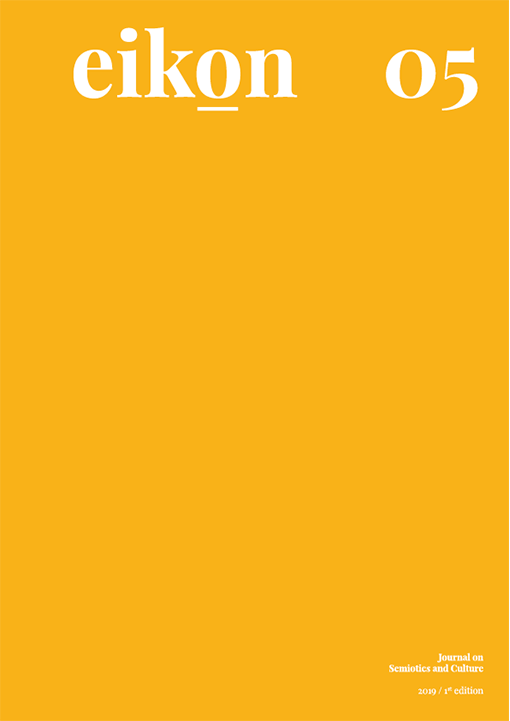The Word Design
Keywords:
Self-image, representation, blogs, anorexia, public communicationAbstract
The paper focuses on the analysis and exploration of the word Design, questioning some of the possible associations opened by its etymological origins, polysemy and apparently intrinsic vocation to ambiguity. It doing so, it tries to find in its historical expression a contribution to better understand how its cultural impression has been processed, both as a concept and as a practice. This reflection rises from the notion that, in spite of Design’s daily omnipresence in our lives and the way it subtly or explicitly conditions an increasing and transversal number of human experiences, its pervasive nature does not translate an equally generalized perception of its action or value. Therefore, the relationship with Design tends to be determined by a lack of knowledge regarding not only the (real and potential) dimension of its impact (and, with it, the kind of responsibilities — economical, social, political, environmental,… — which can and should not be ignored), but also the multiple dimensions and the deep meanings it now represents in our contemporary world. Thus, being able to understand it becomes increasingly as important as the ability to explain and integrate it, in order to contribute to the creation of a necessary — if not urgent — Design culture.
References
BRAGANÇA DE MIRANDA, J. (2003). “O Design como Problema”, in Damásio, J. (Org.). Autoria e produção em televisão interactiva, Lisboa: Programa Media/ULHT, pp. 82 e ss.
CALÇADA, A. et al. (Coord.), (1993). Design em aberto. Uma antologia, Lisboa: Centro Português de Design.
FLUSSER, V. (2010). A Filosofia das Coisas. Lisboa: Edições 70.
MACHADO, J. P. (1995). Dicionário Etimológico da Língua Portuguesa (com a mais antiga documentação escrita e conhecida de muitos dos vocábulos estudados), 7ª Ed., Lisboa: Livros Horizonte.
MARGOLIN et al. (Ed.), (2000). The Idea of Design, Cambridge, Mass.: The MIT Press.
MUMFORD, L. (2001). Arte e Técnica, Lisboa: Edições 70.
PAIVA, F. (2004). O que representa o Desenho?, Provas de aptidão pedagógica e capacidade científica, Covilhã: Universidade da Beira Interior.
PAIXÃO, P. (2008). Desenho. A Transparência dos Signos, Lisboa: Assírio & Alvim.
ZIMMERMANN, Y. (1998). Del Diseño, Barcelona: Editorial Gustavo Gili.
Downloads
Published
Issue
Section
License
Authors who publish with this journal agree to the following terms:
- Authors retain copyright and grant the journal right of first publication with the work simultaneously licensed under a Creative Commons Attribution License that allows others to share the work with an acknowledgement of the work's authorship and initial publication in this journal.
- Authors are able to enter into separate, additional contractual arrangements for the non-exclusive distribution of the journal's published version of the work (e.g., post it to an institutional repository or publish it in a book), with an acknowledgement of its initial publication in this journal.
- Authors are permitted and encouraged to post their work online (e.g., in institutional repositories or on their website) prior to and during the submission process, as it can lead to productive exchanges, as well as earlier and greater citation of published work (See The Effect of Open Access).

